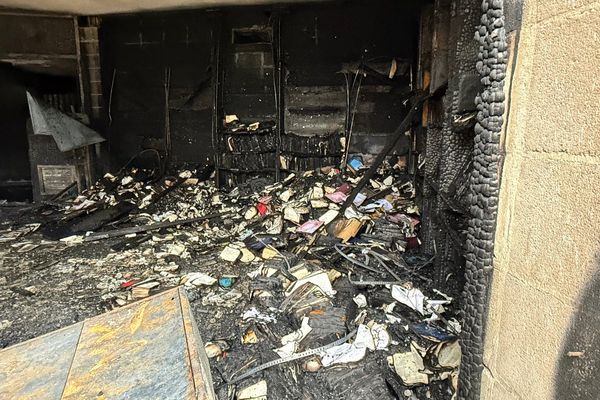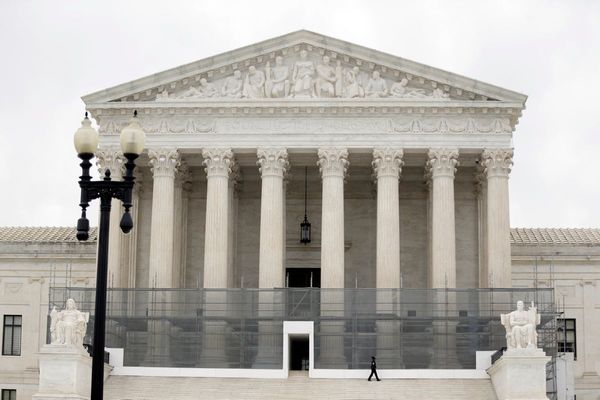London will be an unlikely place to see the Northern Lights when the aurora becomes visible to parts of the UK once more tonight (May 21), the Met Office has confirmed.
Stunning illuminations were photographed earlier in the month when the natural event was visible in the capital with Primrose Hill and Muswell Hill treated to some incredible views.
News of further coronal mass ejections, the phenomenon that causes the Northern Lights, had led to hopes for a repeat performance tonight - but this now appears unlikely for Londoners.
The Met Office said the arrival of the ejections from last Friday (17 May) was likely to bring some enhancement to the aurora.
Will the Aurora borealis be visible in London?
A spokesman said: “An enhancement to the aurora may occur on Monday night (20-21 May) following the possible arrival of a coronal mass ejection (CME) that left the sun late Friday 17 May.”
“Following any CME arrival aurora may become visible, where skies are clear, across parts of Scotland and Northern Ireland, with a slight chance that views of the aurora may also be possible from northern England and North Wales.”
This means that London is unlikely to get much of a view of the natural phenomenon, even in areas with less light pollution.
Aurora displays occur when charged particles collide with gases in the Earth’s atmosphere around the magnetic poles.
The sun is currently in the most active period of its 11-year cycle.
Where displays can be seen in the UK is dictated by the “strength of geomagnetic storming”, according to Met Office space weather expert Krista Hammond.
There may even be some smaller mass ejections on their way to Earth in the coming days with the potential to create more beautiful displays, Ms Hammond said.
“There are a couple of mass ejections on their way to Earth. They’re a lot less powerful than what we saw last weekend, but they could bring aurora displays across predominantly northern parts of the UK, such as Scotland, Northern Ireland, north of England.
“Just because we’re not seeing aurora across the whole of the UK, it doesn’t mean that we’re not going to see it in some areas,” she said.
For a large display to be visible, activity must happen during the night time, and when there are clear skies, she added.
The lights, also known as the aurora borealis, (or Southern Lights, aurora australis) are most frequently visible close to Earth's magnetic north and south poles.
The term "aurora borealis" was first used in 1619 by Italian astronomer Galielo Galiliei, who named the lights after the Greek god Boreas and the Roman goddess Aurora, who was associated with dawn. The earliest known sighting of the Northern Lights, however, is thought to be a 30,000-year-old French cave artwork.







